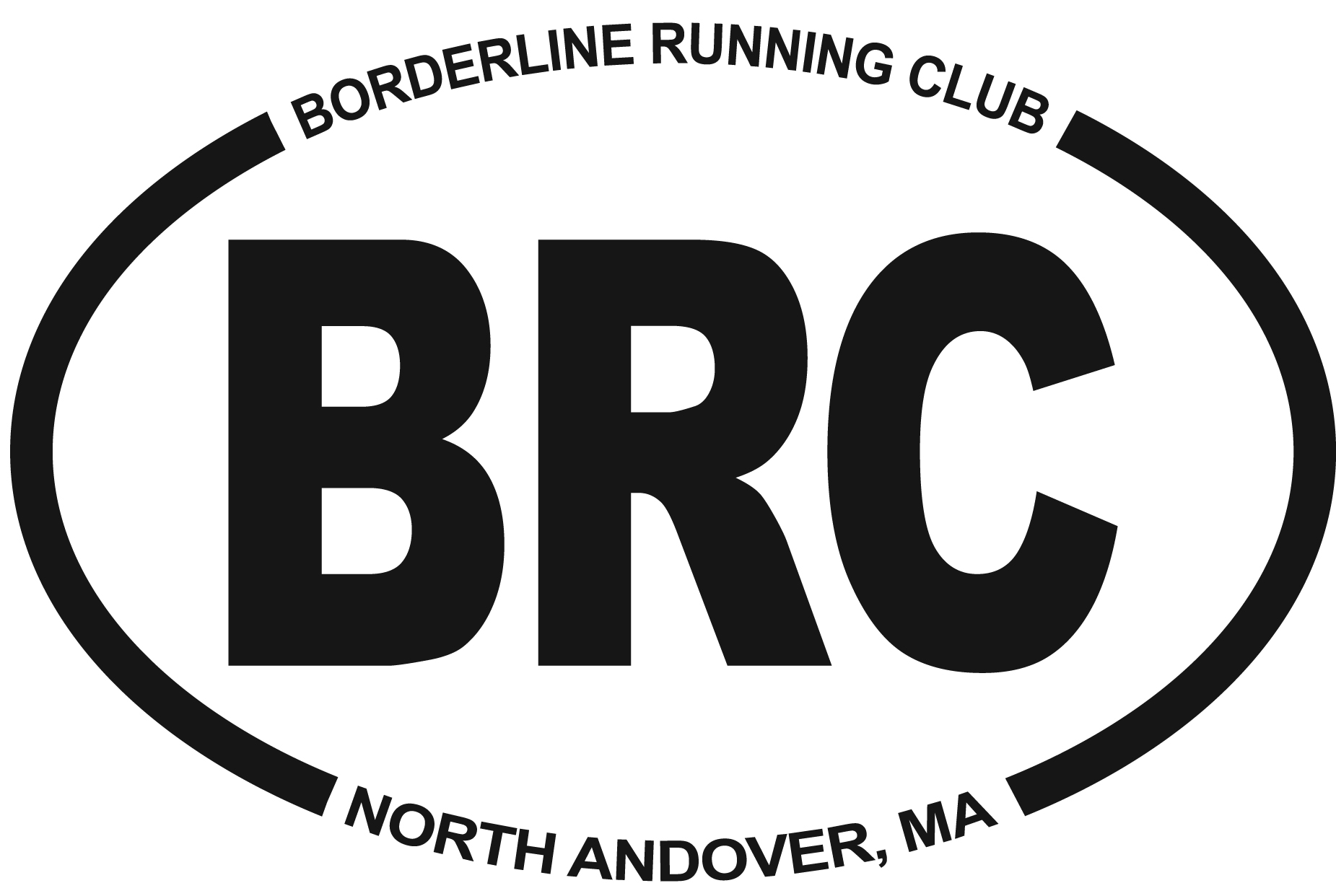New Blog Post: Training Plans

If you are planning to run a marathon this fall, odds are you’ve already picked the race and started on a plan to prepare for it. But if you’ve been slacking or you’re planning a shorter race like a halfie, this is a good time to get organized. There are several approaches to race prep including very high mileage running plans (peaking at 60+ miles/week), low mileage plans with a focus on high intensity segments/workouts, plans with lots of cross-training, and everything in between.
Selecting the best plan for you depends on your current state and goal for the race. Do you have a strong base coming off a recent race you prepared for? Have you had time off or are recovering from an injury? Will this be your first attempt at that race distance? Are you going for PR? How much time do you have until your race? Also, consider the terrain and expected conditions of your upcoming race. Will it likely be cool and flat (Chicago, Bay State), or hot and humid mountain climbing? All these factors come into play to prepare appropriately.
A popular set of free plans available are the Hal Higdon programs. They now offer over a dozen to choose from for marathon training, the most common being grouped into Novice 1 or 2, Intermediate 1/2, and Advanced 1/2. They also have seven half marathon training plans. These plans are tried and true and work well for the far majority of runners. Read the detailed description of each plan to determine which is best for you, and don’t be afraid to modify a plan slightly to fit your schedule. It won’t make a noticeable impact on the outcome if you schedule your long runs for Saturday instead of Sunday, for instance, or if you swap out a short recovery run one day each week with cycling. But be careful not to change too much around or else you’ll likely be sacrificing some benefits of the plan. I’ve slowly progressed from Novice 2 to Advanced 2 across several years and highly recommend the Hal Higdon plans, and many other BRCs have used them as well. The training plans are available here: http://www.halhigdon.com/

Another option is to work with a coach who will create a custom training plan for you based on your fitness level, race history, and upcoming race goals. There are online coaches such as CoachUp, and local coaches such as Athletic Pursuits and Going the Distance. Look into the cost and program/level of personalization that each coach offers before deciding who to work with. A local coach likely offers weekly on-site group workouts for the toughest workout/speedwork of the week- usually at a track, making those easier to grind out and offering some face-to-face time with the coach. BRCs have had great success with all three of those options mentioned, so just ask around to hear about personal experiences and benefits/drawbacks of each.
Last option (aside from completely winging it): create your own training plan. The most common elements for a distance race training plan are as follows:
- A weekly long run, with increasing distance
- Increasing weekly mileage, of not more than 10% increase each week
- Step back (recovery) weeks, with reduced long run distance and reduced weekly mileage, every other week or every third week
- A taper, the last three weeks preceding goal race (or two weeks, or four weeks)
- Speedwork, aka high intensity/increased pace workouts, optimally one track workout (or run with pick-ups and/or hill repeats) and one tempo run each week
- Recovery runs, that are shorter distance and a comfortable pace, between speedwork and long run days
- Rest days, a minimum of one day per week when you don’t run at all
When picking out a training plan or creating your own, you’ll need to allow for sufficient time to prepare for the race. If restarting after injury, baby, or a long break from running you might need a 20-week plan to prepare properly for a full marathon. If you’re coming off a killer season from another race (and assuming you had some time for recovery), you may my able to jump right into a plan with just 12 weeks until race day. Look at the mileage and workouts early in the training plans to see which ones have a starting point consistent with your current level of activity, otherwise you risk an injury or burning out before you even get into the meat of the training.
Other elements that people may work in include cross-training with either cycling, swimming, yoga, and/or weightlifting; stretching routines; practice runs on the race course; and/or a primer race, such as a half marathon or 20 mile race a month before a full marathon. When possible, try to mimic your upcoming race conditions by running at a similar time of day and mostly on comparable terrain. You can make an Excel spreadsheet with charts and graphs to track progress if you’re truly neurotic (sample below 🙂 I can share mine with you to modify if you’d like. Lastly, keep in mind that although there are certainly popular/common approaches and training plans like those discussed above, these won’t work for everyone. Some runners need extra time to ramp up to high mileage, other people get beat down if they exceed 40 miles/week, and others simple can’t handle the monotony of running 5+ days/week. Do your research, talk to your fellow BRCs about what worked (and didn’t) for them, and always listen to your body to determine what works best for you.

